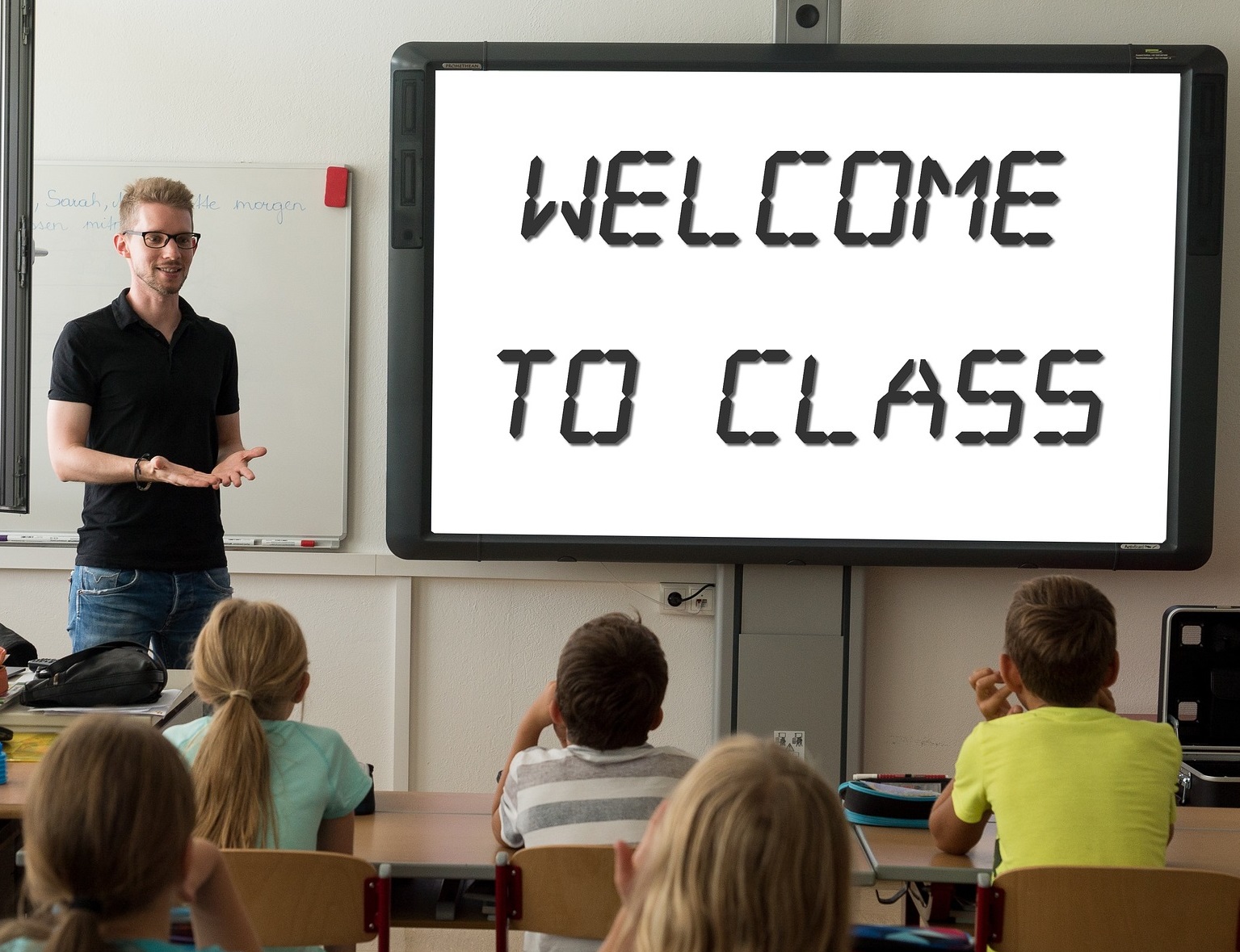

At the beginning of the new year, Daniel Robertson helps us get back into routines and encourages us to maintain our high classroom standards.

The new year often brings about renewed motivations, ambitions and fresh personal targets that will enable us to succeed and achieve even more than we did the year before.
With the Christmas break very much over, and children returning to classrooms this month, it is time to hit the refresh button. To get the Spring Term underway effectively, it is so important that we re-establish those high standards of behaviour and the classroom culture you have worked so hard to implement throughout the academic year so far.
Here we take a look at how you can re-establish your expectations and standards to get the new year started and, therefore, maximise the outcomes for your children and classes.